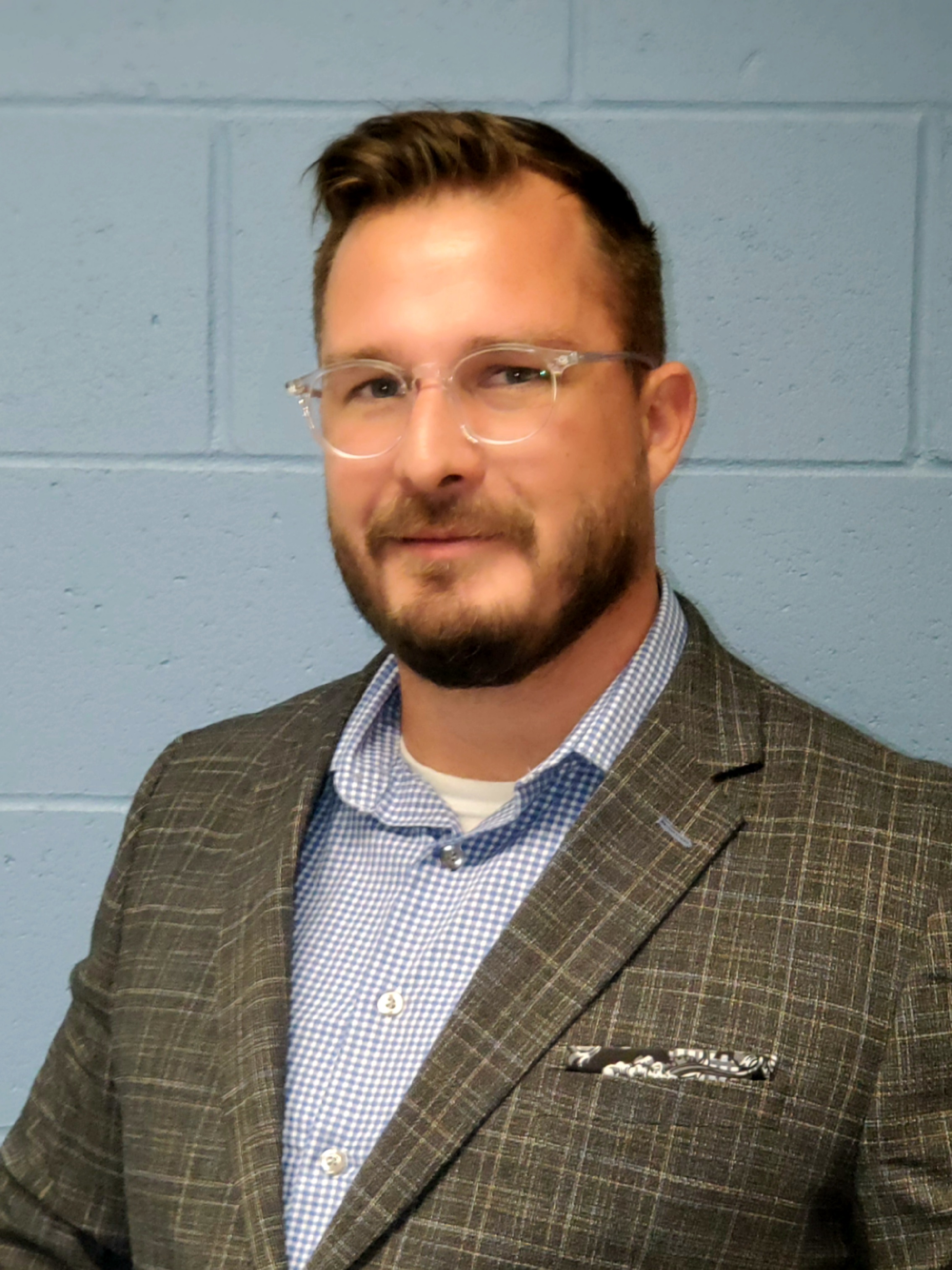Trust Isn’t Just Personal—It’s Structural
- Christopher Nesmith

- Apr 27
- 3 min read
In education, trust is often treated like a soft skill—something that lives in the realm of personalities, relationships, and good intentions. But experience, and history, tell a different story: trust isn’t just relational. It’s systemic (Zaheer et al., 1998; Ran & Qi, 2019).
Stephen Covey famously differentiated between the "Personality Ethic" and the "Character Ethic"—arguing that long-term success isn’t built on charm or surface-level interactions, but on deeply rooted traits like integrity, courage, and responsibility (Covey, 1989).
Trust operates the same way.
It doesn’t live solely in handshakes and mission statements. It’s built (or broken) through structures, shared goals, and the ongoing ability to translate values into consistent action (Ring & Van de Ven, 1994).

The Speed of Change = The Speed of Trust
In education reform, we often say that "change moves at the speed of trust" (Bryk & Schneider, 2002). And while that’s true, we sometimes misunderstand what it means.
If we treat trust as purely interpersonal—dependent on how much individuals like or respect each other—then change will always be slow, fragile, and exhausting.
But if we treat trust as a design challenge, we can build systems that accelerate it.
Research shows that formal agreements, transparent governance structures, and clearly shared purposes significantly strengthen trust within interorganizational collaborations (Connelly et al., 2018; Doney & Cannon, 1997). When governance is clear, when goals are co-created, and when roles are transparent, trust moves faster.
It’s less about personal charisma and more about structural confidence:
"Can I rely on this system to honor its commitments—even if individual players change?"
That’s systemic trust (Mayer, Davis, & Schoorman, 1995).
Systemic Trust: Built on Three Foundations
To move from relationship-based trust to system-based trust, we need three key foundations:
1. Shared Goals
Trust starts when people believe they are genuinely working toward the same outcomes.
Not aligned "values" in the abstract—but aligned deliverables: credit attainment, employment outcomes, equitable access.
Without shared goals, even the most talented leaders can't manufacture trust.
2. Capacity for Action
People trust systems that can actually do what they promise. Structures must enable real action:
Clear decision-making authority.
Resources aligned to goals.
Feedback loops that adapt when problems arise.
Systems without real operational capacity tend to erode trust quickly (Mellewigt, Madhok, & Weibel, 2007).
3. Integrity Over Time
Finally, trust requires repeated, visible, principled action.
Character matters—but not just individual character. Organizational integrity matters:
Do we honor our commitments?
Do we tell the truth about results?
Do we hold ourselves accountable publicly, not just privately?
Without systemic integrity, initial trust withers into cynicism (Lewicki & Bunker, 1996).
Why This Matters in Education Reform
Too often, education reform efforts collapse because they mistake relationship-building for system-building.
When a key champion leaves, trust evaporates. When a new principal arrives, priorities shift. When a legislative session ends, funding dries up (Godin & Bishop, 2021).
But if we embed trust in systems—through clear structures, shared outcomes, and institutional integrity—change can survive leadership turnover, political shifts, and cultural headwinds.
As Renold and Bolli (2016) emphasize through their research on intermediary systems in Swiss vocational education, systemic trust mechanisms are what allow partnerships to adapt and endure across decades.
Systemic trust lets change move faster and endure longer.
The question for educators, policymakers, and intermediaries isn’t just, "How do we build better relationships?"
It’s: "How do we design better systems of trust?"
Until we answer that, transformation will always be slower than we want—and weaker than students deserve.
References
Connelly, B. L., Crook, T. R., Combs, J. G., Ketchen Jr, D. J., & Aguinis, H. (2018). Competence-and integrity-based trust in interorganizational relationships. Journal of Management, 44(3), 919–945.
Doney, P. M., & Cannon, J. P. (1997). An examination of the nature of trust in buyer-seller relationships. Journal of Marketing, 61(2), 35-51.
Godin, E., & Bishop, B. (2021). State‐level coordination for community college student success. New Directions for Community Colleges, 2022(197), 81–92.
Lewicki, R. J., & Bunker, B. B. (1996). Developing and maintaining trust in work relationships. In R. Kramer & T. Tyler (Eds.), Trust in Organizations: Frontiers of Theory and Research (pp. 114-139). Sage.
Mellewigt, T., Madhok, A., & Weibel, A. (2007). Trust and formal contracts in interorganizational relationships. Managerial and Decision Economics, 28(8), 833–848.
Mayer, R. C., Davis, J. H., & Schoorman, F. D. (1995). An integrative model of organizational trust. Academy of Management Review, 20(3), 709–734.
Ran, B., & Qi, H. (2019). The entangled twins: Power and trust in collaborative governance. Administration & Society, 51(4), 607–636.
Renold, U., & Bolli, T. (2016). The role of intermediaries in balancing employer-education relationships. Swiss Economic Review, 42(1), 117-139.
Ring, P. S., & Van de Ven, A. H. (1994). Developmental processes of cooperative interorganizational relationships. Academy of Management Review, 19(1), 90–118.
Zaheer, A., McEvily, B., & Perrone, V. (1998). Does trust matter? Exploring the effects of interorganizational and interpersonal trust on performance. Organization Science, 9(2), 141-159.




Comments